Imagine if writing content were as easy as choosing a topic and picking the best keywords. Or if creating a new logo for your company brand was as simple as typing out a description of an image.
Well, we no longer have to imagine! Artificial Intelligence (AI) combined with Natural Language Processing (NLP) & Generative AI can perform a variety of complex tasks within a matter of seconds.
Want to find ways to integrate AI into your marketing efforts?
How Does GPT-4 Work?
GPT-4 is a large language model (LLM) that emulates human responses and rationale. The language model trains on many inputs including, existing human communication libraries, public data, licensed third-party data and deep learning.
GPT-4 refers to the large language model AI technology offered by OpenAI, which is an artificial intelligence company. The former iteration of the tool – GPT-3 – held 175 billion parameters; GPT-4 has seen that total surmount 170 trillion.
This significant increase in parameters has its effects especially visible within the model “alignment”, which allows GPT to discern user intentions to generate more accurate responses. We have all seen the massive success, exceptional performance and marketing applicability of ChatGPT, which is built on GPT-4.
Top 10 GPT-4 tools & apps
1. ChatGPT (Plus)
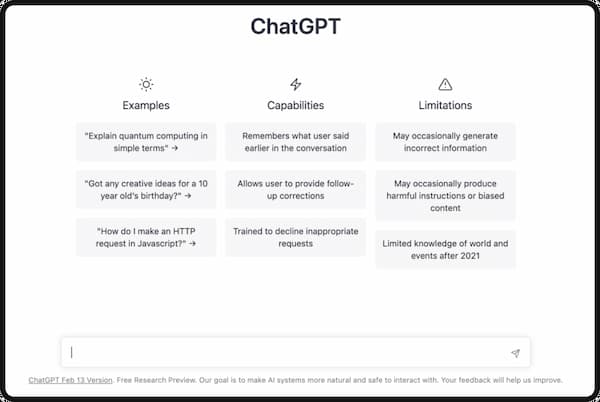
Type: Content Creation
Description: ChatGPT continues to be the most accessible and advanced when it comes to GPT-4 tools. ChatGPT is an AI chatbot that utilizes Natural Language Processing (NLP) to answer questions and generate content.
Many marketers are utilizing ChatGPT to generate text for social media posts, blog post outlines, and other long form content writing. ChatGPT’s power can go far beyond copywriting and can help with ad campaign strategies, research, and even code writing.
This AI model is one of the first of its kind, developed by the company that created the language model GPT-4. The free version of ChatGPT still utilizes GPT-3. But, for $20, you can purchase OpenAI’s premium ChatGPT Plus service which gives you access to the retooled & improved GPT-4 architecture. If you’re wanting to learn how to take ChatGPT beyond copywriting, check out our article about ChatGPT in marketing.
Use Case:
- ChatGPT search engine optimization (SEO)
- ChatGPT web development
- ChatGPT pay-per-click (PPC) campaigns
- Content development
2. Midjourney

Type: Image Creation
Description: Midjourney is a service that utilizes stable diffusion and Generative AI to create images based off of text-descriptions. It allows users to generate based on a wide array of art forms, spanning across both realistic and abstract styles.
Midjourney was launched by the company of the same title in March of 2022, and has been rapidly updating their algorithm over the course of the last year. There are many generative AI design tools.
However, Midjourney v5 has quickly taken over the generative AI space due in large part to leaps in generative accuracy compared to competitors.
Use Case:
- Marketers have utilized Midjourney to generate stunning visuals that help set them apart from their competitors.
3. Dall-E 2

Type: Image Creation
Description: Dall-E is an AI powered content generator that produces high-quality and unique images based on text descriptions, similar to Midjourney. Dall-E has been trained on an extremely large database of images and captions.
DALL-E was launched in conjunction with CLIP (Contrastive Language-Image Pre-training). CLIP’s role is to “understand and rank” DALL-E’s output by predicting which caption from a pre-set list of captions randomly selected from the dataset is most appropriate for an image.
This model is used to filter a larger initial list of images generated by DALL-E to select the most appropriate outputs.
Use Case:
- Marketers have utilized Dall-E to produce ad creatives, social media images, and even promotional materials for print advertising. Dall-E is the perfect tool to help you bring the previously unseen to life.
4. Viable
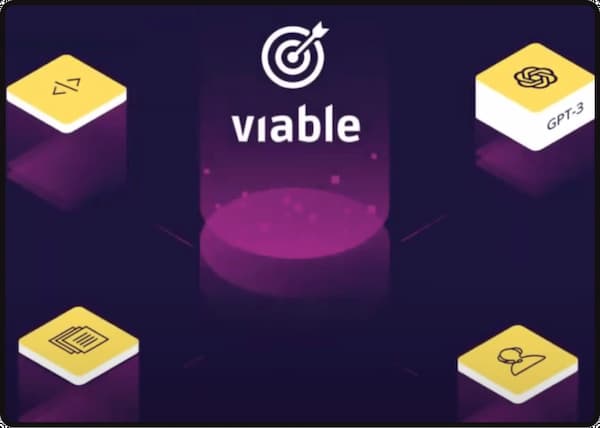
Type: Customer Feedback Analytics Platform
Description: Viable is the right solution to improve customer satisfaction. This GPT-4 powered tool has been created to seamlessly integrate into your data, and find the areas where your team can improve.
By accessing customer surveys, product reviews, and help desk data, Viable can analyze the sentiment in text and give you a comprehensive summary of what can be fixed, all in English. Gone are the days when you had to be an expert in analytics, as Viable will tell you what has to be fixed in seconds.
Use Case:
- Product teams can inform their product roadmap decisions with a better understanding of the “why” behind the “what” of customer actions with Viable by seeing qualitative feedback sorted, categorized, and counted across groups like complaints, compliments, requests, and more in seconds.
- Marketing teams can use Viable to better understand what’s resonating with customers about campaigns, promotional strategies, or messaging.
- Customer support teams can stop manually tagging feedback and allow Viable to do it automatically and accurately so they can support customers faster.
- UX researchers can use Viable to speed up user research and keep up with shorter product development cycles by simply asking natural language questions in Viable and getting answers in seconds.
5. Playground
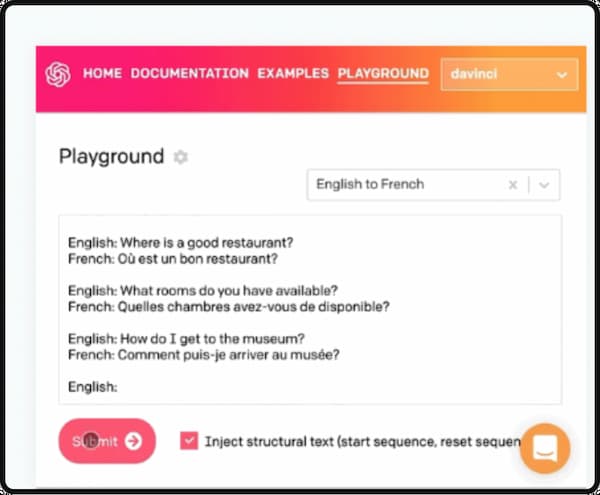
Type: Content Comprehension – Summarization & Translator
Description: Thanks to its pattern recognition and text generation abilities, this API can be used to make difficult text a breeze to read and understand. You can simplify any piece of text to make it understood by any audience, whether the text is for a contract or a presentation intended for a technical audience.
Another solution created in Playground is language translation, which by using a few sentences in the language desired, this GPT-4 tool can quickly pick up where you started and tackle the rest of the work, so you can chat with channels or even translate full bodies of text.
Use Case:
- An intern who is new to the office might not be familiar with the level of language used by the company and might not be able to follow a very long, jargon-heavy presentation, so having a tool like this one can make communication more straightforward, and can enable everyone to be in the same playing field.
6. Copy.Ai
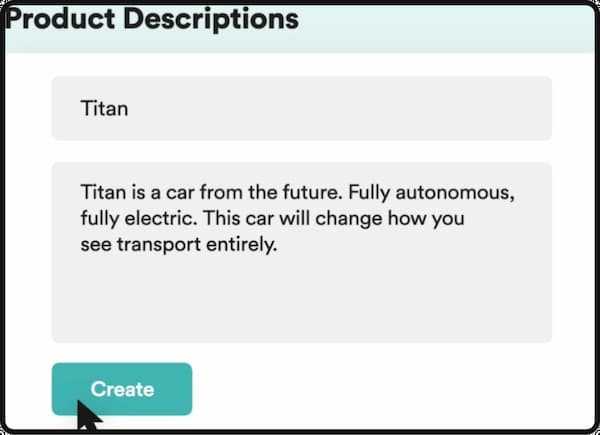
Type: Content Generation
Description: Copy.Ai is the revolutionary way to create content in 2024. It is powered by OpenAI and was designed so that content marketing is the least of your worries. All you need to do is provide the tool with some keywords and the name of your product, and voila! You have got yourself a whole piece of content.
Copy.Ai is designed for marketers, so you can rest assured that every piece of content you see there is genuine and crafted to drive conversions. Aside from creating full blog posts, this tool can be used for advertising on social media sites, writing captions, creating product descriptions, and more.
Use Case:
- You can give your keywords, for example, “agencies in Los Angeles”, and include your company name with all the right descriptions, and in a matter of seconds, you could produce the desired results with details exactly like the one you created for your ad agency, compiling a comprehensive list of other marketing firms in your area.
7. HyperWrite
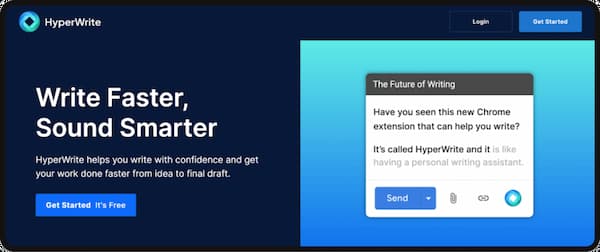
Type: Content Creation
Description: HyperWrite is an AI tool that generates sentences and paragraphs for you. Like other AI-powered copywriters, you simply give the tool a headline, prompt, or partial copy and it will generate unique copy.
HyperWrite likes to say it will finish your sentences for you. HyperWrite even comes with its own Chrome extension so you can utilize the tool on your favorite sites without interrupting your workflow.
Use Case:
- Download the extension and open a Google Doc. You can start writing about any topic and as you type the AI tool learns the topic and your writing style and provides real time sentence completions on the page. This tool allows you to combine AI and human writing seamlessly.
8. Casetext
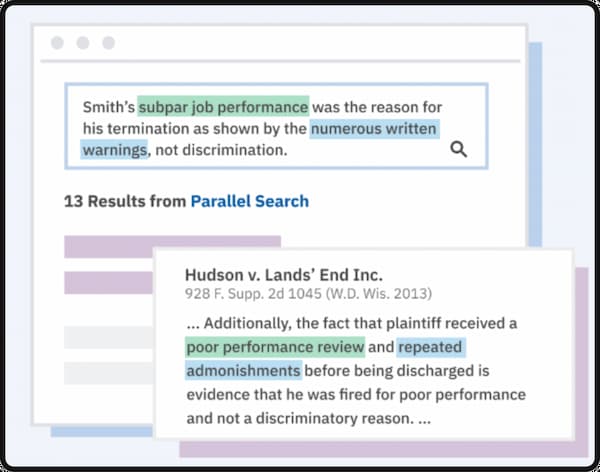
Type: Semantic Search
Description: Casetext provides an online research platform for law firms that helps increase attorneys’ productivity and augments quality representation.
Compose is also an AI tool offered by Casetext, which is a first-of-its-kind technology where substantive elements of litigation are automated, and is a component of CARA A.I., which automates critical legal research tasks.
The technology from OpenAI has helped Casetext improve its semantic search capabilities, now saving lawyers hundreds of hours of research each month.
Use Case:
- Although this tool is currently designed to be used by lawyers or attorneys, we can imagine a future with this type of sophisticated search being broadened for other positions that also require searches through documents. For instance, your HR manager might benefit from this tool to search for critical documents and find them in a matter of seconds.
9. Chatsonic
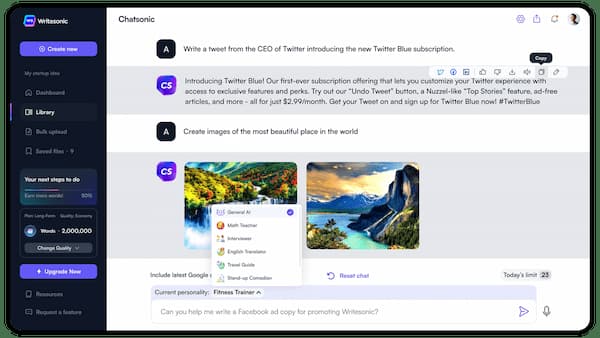
Type: Content Creation
Description: Chatsonic is an AI chat app that claims to be a more feature-rich version of ChatGPT. It comes packed with different AI chat personalities, support for other languages, and has full access to the internet which allows it to generate time-accurate responses – unlike ChatGPT.
It can also generate AI images similar to Midjourney or DALL-E. It is a paid service though, starting at $12.67 a month for 60,000 words.
Use Case:
- Chatsonic is an all-rounder that can be utilized for search engine optimization (SEO), web development, pay-per-click (PPC) campaigns, and content creation/development.
10. Stripe

Type: Payment Processing & Management
Description: Stripe allows businesses to accept and send online payments. The app is in the process of integrating GPT-4, which will be used to detect fraud and enhance the overall user experience.
The fraud detection feature will look to prevent fraudulent activity before it even happens by analyzing patterns in things such as language and decision-making.
Use Case:
- Stripe can be used to manage financial infrastructure, ensure payments are made and in order, and protect businesses on the financial end.
Using GPT 4 Tools In Marketing
Marketing agencies are already utilizing these advanced technologies and adding efficiencies to their marketing efforts. Don’t wait, try out these new tools, and adapt to these technologies to uncover previously unknown insights to use to outperform your competitors. Integrating AI into your efforts can seem like a tough task when AI can be complex. Don’t go in alone, partner with NoGood and start growing. Or maybe not your job, but you get the point. AI is here to stay.
GPT 4 Tools FAQs
1. What is the Best GPT-4 App?
These apps and their use cases will all depend on the user. Of the ones outlined on the list, some of our favorites are ChatGPT & Midjourney!
If you liked this blog post, and are interested in more tech tools that can help you, make sure you check out the Top No / Low Code blog post.
2. What is the use of GPT-4 Tools?
GPT-4 tools utilize Open AI’s generative pre-trained transformer to automate tasks like copywriting, code building, project management, and even marketing strategy.
GPT-4 powered tools can produce human-like text that helps teams save time. It can also comprehend and generate images with strives in Generative AI.
3. Why do marketers think GPT-4 tools are valuable?
Marketers must be aware of the contemporary tools in the market to stay up to speed with competitors, hence the solutions provided by this new technology are to be seriously considered. Tools created with GPT-4 technology will create a shift in how content is produced, and the decrease in content delivery time will be something remarkable and to be talked about for a long time.
Marketing managers will be able to ask their copywriters to focus on finding the best topics possible and not necessarily rush them to write blog posts in large quantities and under tight deadlines. These tools will also make it possible to have chatbots that can handle any type of questions from clients. Even the way we write emails will be changed. This is the impact OpenAI has brought to the world.
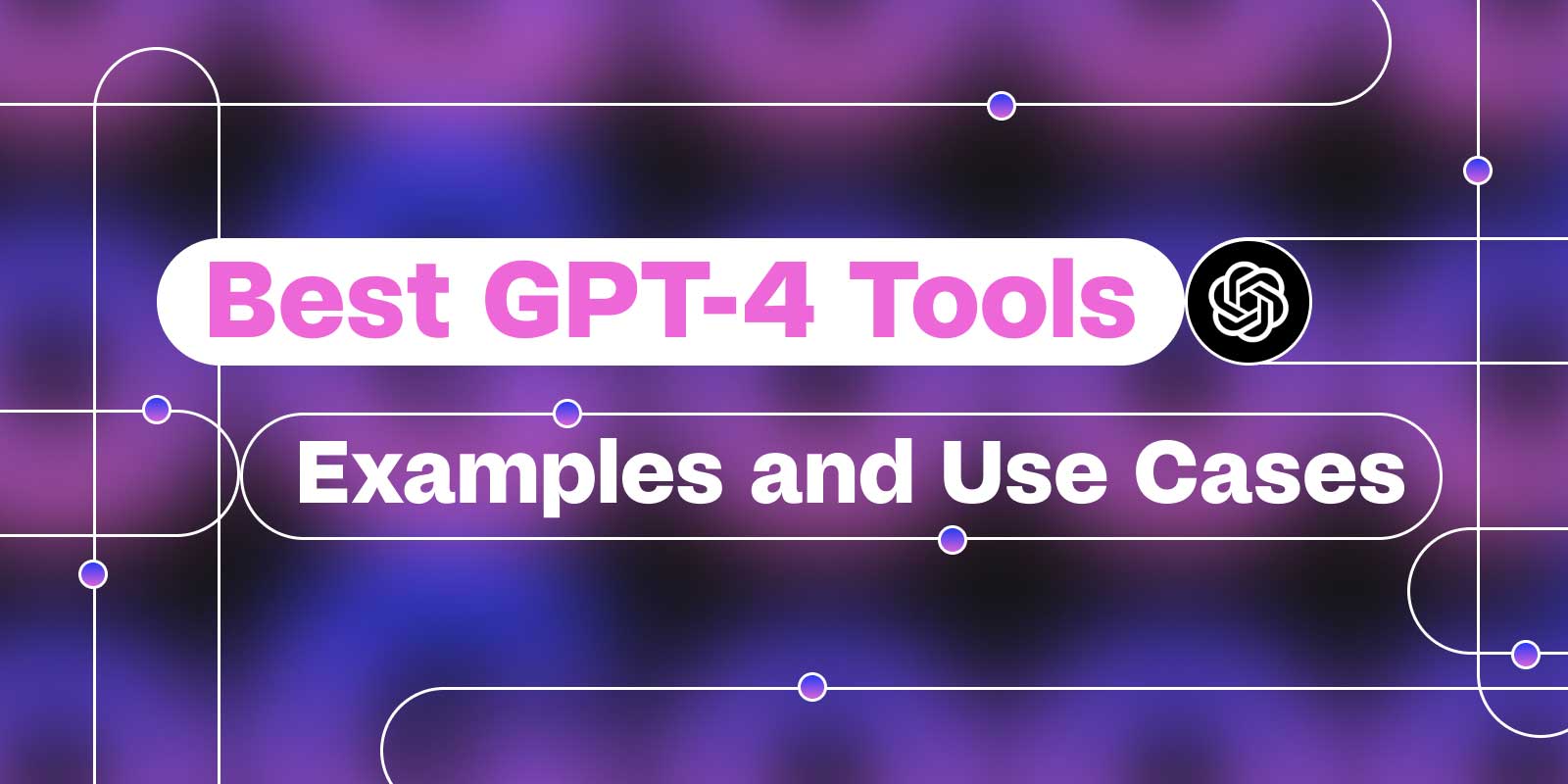




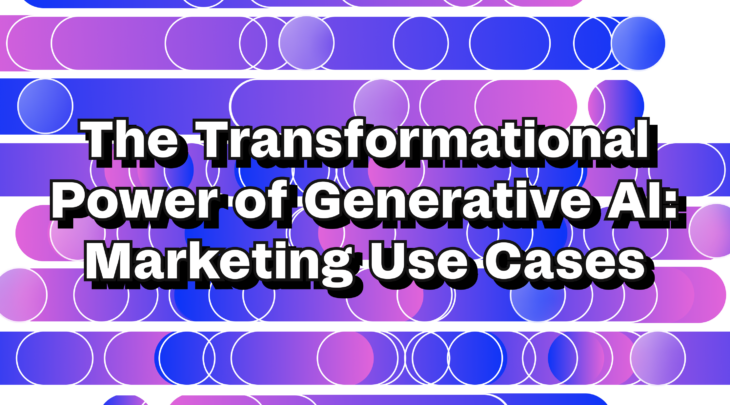

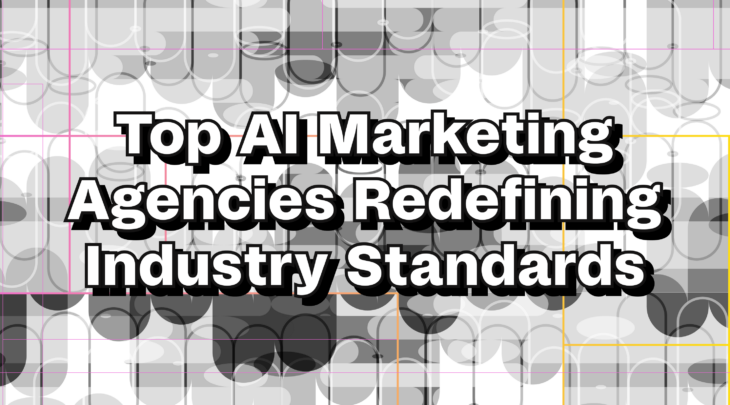

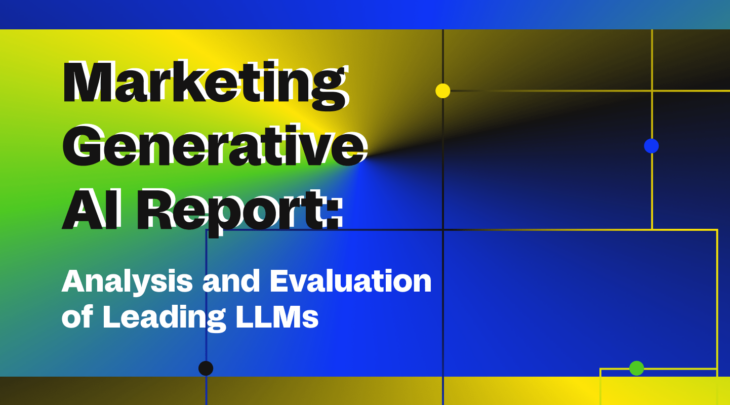


Great content! Keep up the good work!